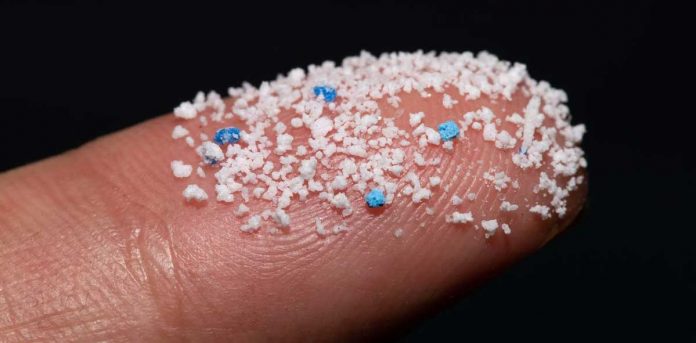Since the Covid-19 pandemic has started, scientists have warned us about the long-term threat of littering face masks and PPEs in the environment. These large plastic items break down into microplastics. These microplastics wash down into waterways and agricultural lands. Microplastics are solid plastic particles and its size differ between 1 and 5000µm.
Other than face masks and PPE, industrial and private activities also release microplastic. We can find microplastics in many eco-systems and it is also ingested by many species.
Though microplastic is mostly known as a pollutant in the oceans and rivers, but it also affects the land. Microplastics can break down the structure of soil and can harm the creatures that live in that soil.
These microplastics can also get transported into agricultural field. Microplastics have a life span of more than 100 years.
As the chemical and physical characteristics of microplastic particles are mostly organic, it is difficult to separate the plastic from soil.
It became very expensive to examine individual soil samples and derive regional information about the pollution.
This is why, researchers have developed an environmental regional model to collect the sample form the pollution hot-spots of German agricultural soils.
In Germany, microplastic pollutant are produced from sewage sludge and compost. sewage sludge is mostly used in Hanover of Germany. Around Cologne, compost is found in agricultural lands.
The concentrations of microplastic of sewage sludge is higher than compost or plasticulture.
These findings will help to identify high-risk areas. Model-based analysis can be used in future to find the impacts of microplastic on soil.

